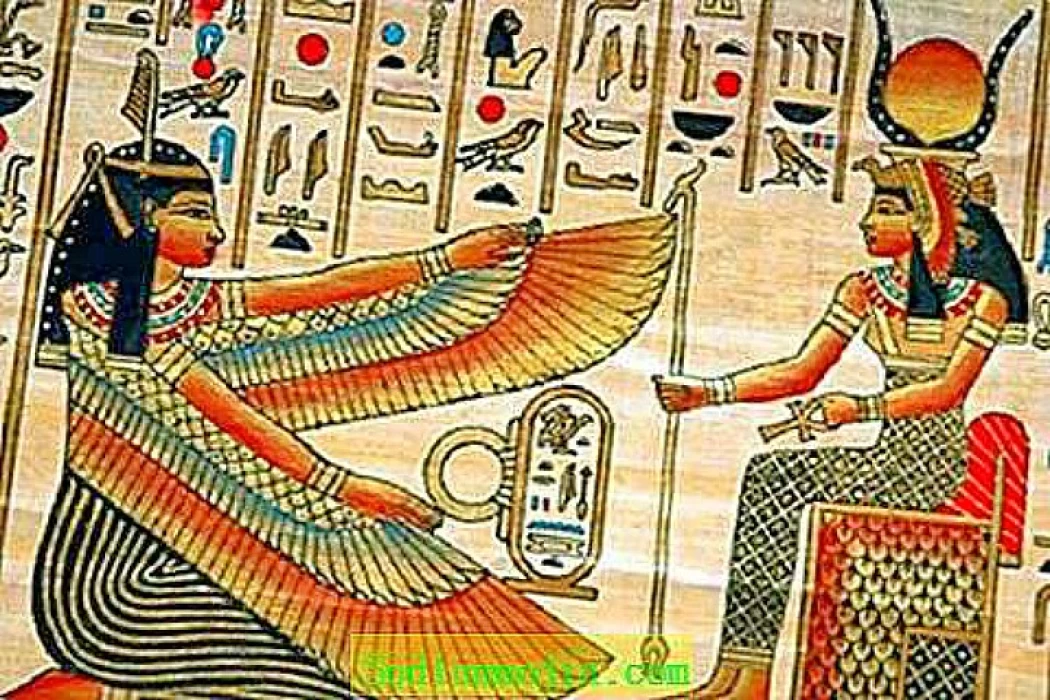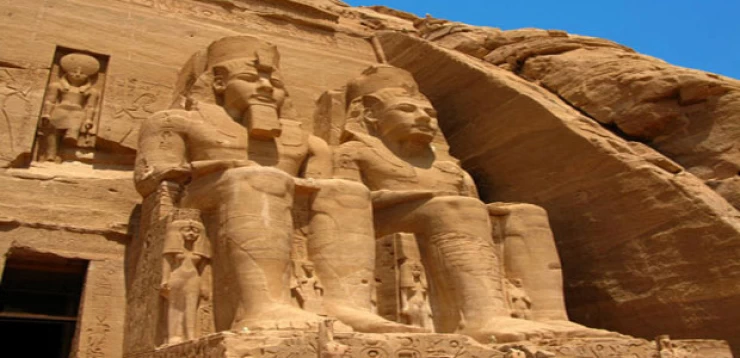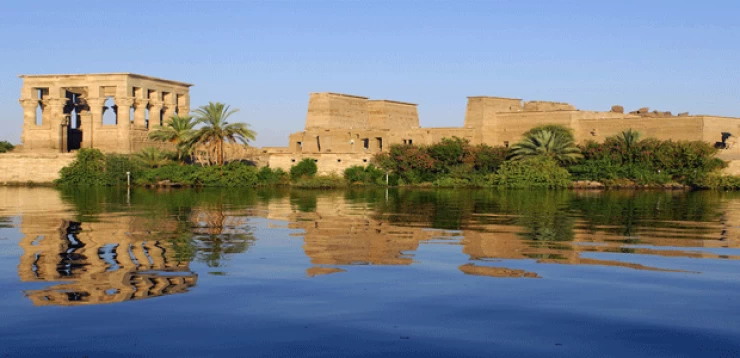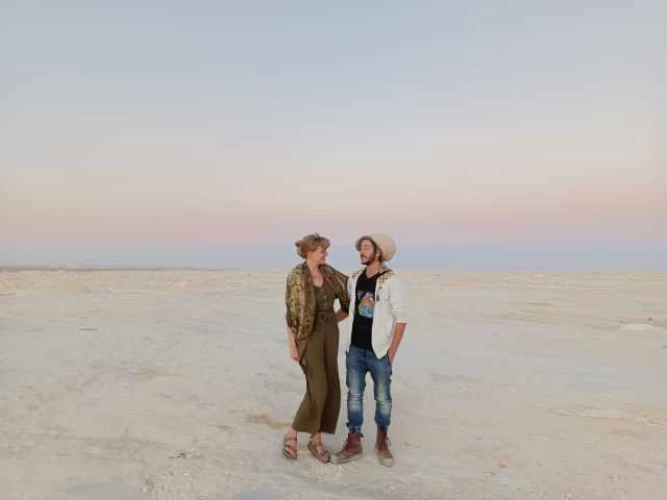
Dea Iside | La dea egizia della magia e della guarigione
Dea Iside
La dea Iside è una delle più grandi dee egiziane. Era la moglie e la sorellastra di Osiride. Avevano un figlio di nome Horus( Dio Hours ) . Iside era la dea della vita e della magia, quindi era in grado di proteggere donne e bambini. Ha anche aiutato i malati guarendoli dalla loro malattia. I suoi simboli erano l'ankh, le sue ali e il suo copricapo da trono.
La dea egizia della magia e della guarigione
Gli dei e le dee egizie di solito iniziarono in un posto. Avevano le loro città in cui venivano venerati nel corso dei secoli. Nell'antico Egitto era popolare che la moglie potesse essere la sorella del re perché preferivano che la regina provenisse dalla famiglia reale. La città o la città venerata da Iside non è stata trovata nel corso della storia antica. Perché non c'erano templi conosciuti per lei.Attraverso il link di Dei dell'antico Egitto potete sapere più.
Soprattutto la leggenda della fedele moglie del Signore degli inferi nell'antico Egitto ( Dio Osiride), la dea Iside, e il suo famoso figlio Horus che si vendicò per il patetico omicidio di suo padre da parte del malvagio Dio del deserto e delle terre straniere.
Puoi vedere l'intera storia e il mito di Iside e Osiride raffigurato sulle pareti degli antichi templi dell'Egitto come il Tempio di Edfu e il Tempio di Philae ad Assuan.
L'adorazione di Iside in alcuni templi non iniziò fino alla fine della 30a dinastia. Prima di allora le persone adoravano Iside nei templi di altri dei durante il regno di mezzo e il nuovo regno della Storia dell'Antico Regno dell'Egitto . Nella 30a dinastia, le persone adoravano Iside con suo marito Osiride e suo figlio Horus.
In epoca romana i templi di Iside divennero più popolari. Uno di loro è conosciuto come Il Tempio di Philae. Anni dopo anni i templi di Iside erano molto famosi che venivano schierati a bordo, ei suoi seguaci trasferirono la venerazione di Iside alla dea semitica Astarte, a causa della somiglianza dei nomi. In epoca ellenistica, divenne anche la dea che proteggeva i marinai.
Il nostro team vi aiuterà a viaggiare in Egitto e sperimentare il tempo soleggiato del nostro bel paese durante la Pasqua, grazie alla loro vasta conoscenza del turismo egizio.Puoi personalizzare il tuo pacchetto selezionando uno dei nostri Pacchetti di Vacanze in Egitto o sfruttare al massimo il tuo tempo in una breve visita, imparando di più sulla storia egizia e le sue affascinanti storie e vivendola attraverso tour privati al Cairo. Partecipa a uno dei nostri tour economici in Egitto attraverso il deserto del Sahara, come i tour di Siwa dal Cairo, per esempio, o preferibilmente i Tour di 2 giorni Safari nel Deserto Bianco e Oasi Bahariya dal Cairo. Scoprite i nostri tour di un giorno ad Assuan, fate una gita di un giorno da Assuan ad Abu Simbel, o viaggiate via terra e godetevi i nostri tour di un giorno a Luxor per vedere gli incredibili templi di Karnak, il Tempio di Luxor, il Tempio di Hatshepsut, e vedete le meravigliose tombe splendidamente dipinte nella Valle dei Re a Luxor, questo è il luogo dove i re e i governanti del nuovo regno riposano in pace e imparate i loro riti di mummificazione e sepoltura.. Approfittate di questa offerta e scoprite le meraviglie della terra benedetta d'Egitto, dai tempi storici ai giorni nostri.
Isis is the heroine of a legend that originated in ancient Egypt, and her influence extended to different parts of the world, from thousands of years until the present time, transcending her original religious character, to be manifested in the arts and literature in various cultures, including Arab culture.
Goddess Isis is one of the greatest Egyptian goddesses. She was the wife and the semi-sister of Osiris. They had a son named Horus. Isis was the goddess of life and magic, so she was able to shield women and children. She also helped sick people by healing them from their sicknesses. Her symbols were the ankh, her wings, and her throne headdress.
Egyptian gods and goddesses usually started in one place. They had their own cities where they were venerated throughout the ages. It was popular in ancient Egypt that the wife could be the sister of the king because they preferred that the queen come from the royal family. The city or the town of Isis's worship was not found throughout early history. Because there were no known temples for her.
Especially the legend of the faithful wife of the Lord of the underworld in ancient Egypt (Osiris), Goddess Isis, and her famous son Horus, who took revenge for his father's pathetic murder by the evil god of the desert and the foreign lands.
You can see the whole story and the myth of Isis and Osiris depicted on the walls of the ancient temples of Egypt, like the Edfu Temple and Philae Temple in Aswan.
Worshiping Isis in certain temples did not start until the end of the 30th dynasty. Before that, people were worshipping Isis in other gods' temples during the Middle Kingdom and the New Kingdom of ancient Egyptian history. In the 30th dynasty, people worshipped Isis with her husband Osiris and her son Horus.
In the Roman age, temples of Isis became more popular. One of them is known as the Temple of Philae. Years after years, Isis's temples were so famous that they deployed abroad, and her followers transferred the venerating of Isis to the Semitic goddess Astarte because of the similarity of names. In the Hellenistic era, she also became the goddess who protected sailors. Once you are in Egypt, Cairo Top Tours will take care of it through our highly qualified guides specialized in Egyptology to make your visit to the land of the Pharaohs a success.
The mother occupied a great position that was embodied in all aspects of life, from family and society to religion, art and literature.
The goddess Isis represents the most famous image of motherhood in ancient Egypt, embodying the example of a protective and sacrificial mother... Isis appears in most inscriptions carrying or breastfeeding her child Horus, reflecting the mother's role in protecting and caring for her children.
Goddess Isis is one of the most revered and powerful deities in ancient Egyptian mythology. Known as the goddess of life, magic, and healing, Isis played a crucial role in protecting women, children, and the sick. She was both the wife and the semi-sister of Osiris, the god of the underworld, and together they had a son, Horus. Isis' divine attributes were represented through her symbols: the ankh (a sign of life), her majestic wings, and the throne headdress that signified her royal status.
Isis was believed to guide the dead to the afterlife and helped Osiris, and was considered the divine mother of the pharaoh as he was likened to her son Horus. Her maternal assistance was represented by a healing spell to help the common people.
Egyptian gods and goddesses often had specific cities where they were venerated. However, in the early stages of Egyptian history, there were no dedicated temples for Isis. Instead, she was worshipped within the sanctuaries of other gods. It wasn’t until the 30th Dynasty that her cult gained widespread recognition, and dedicated temples were built in her honor.
Her worship continued on Philae Island in Aswan until the 6th century AD, long after the Egyptian and Roman eras had ended, a testament to her importance and presence.
Over the centuries, Philae gained a special status in worship, to the point that crowds of followers of the cult would gather to relive the story of the death and resurrection of Osiris.
During the Middle and New Kingdoms, worshippers honored Isis alongside Osiris and Horus, forming a sacred trinity. As her influence grew, her worship extended beyond Egypt, spreading to regions such as Rome, Greece, and even parts of Asia. The cult of Isis became so widespread that her veneration was later associated with the Semitic goddess Astarte, due to the similarities in their names.
One of the most compelling myths in Egyptian history is the story of Isis and Osiris. Osiris, the ruler of Egypt, was treacherously murdered by his jealous brother, Set, who dismembered his body and scattered the pieces across the land. In her devotion, Isis tirelessly searched for Osiris’ remains, reassembling them with her divine magic and resurrecting him long enough to conceive their son, Horus.
Horus later avenged his father’s murder by defeating Set, restoring justice and order. This legend, deeply rooted in themes of loyalty, resurrection, and the eternal struggle between good and evil, can be found inscribed on the walls of temples such as Edfu and Philae in Aswan.


















